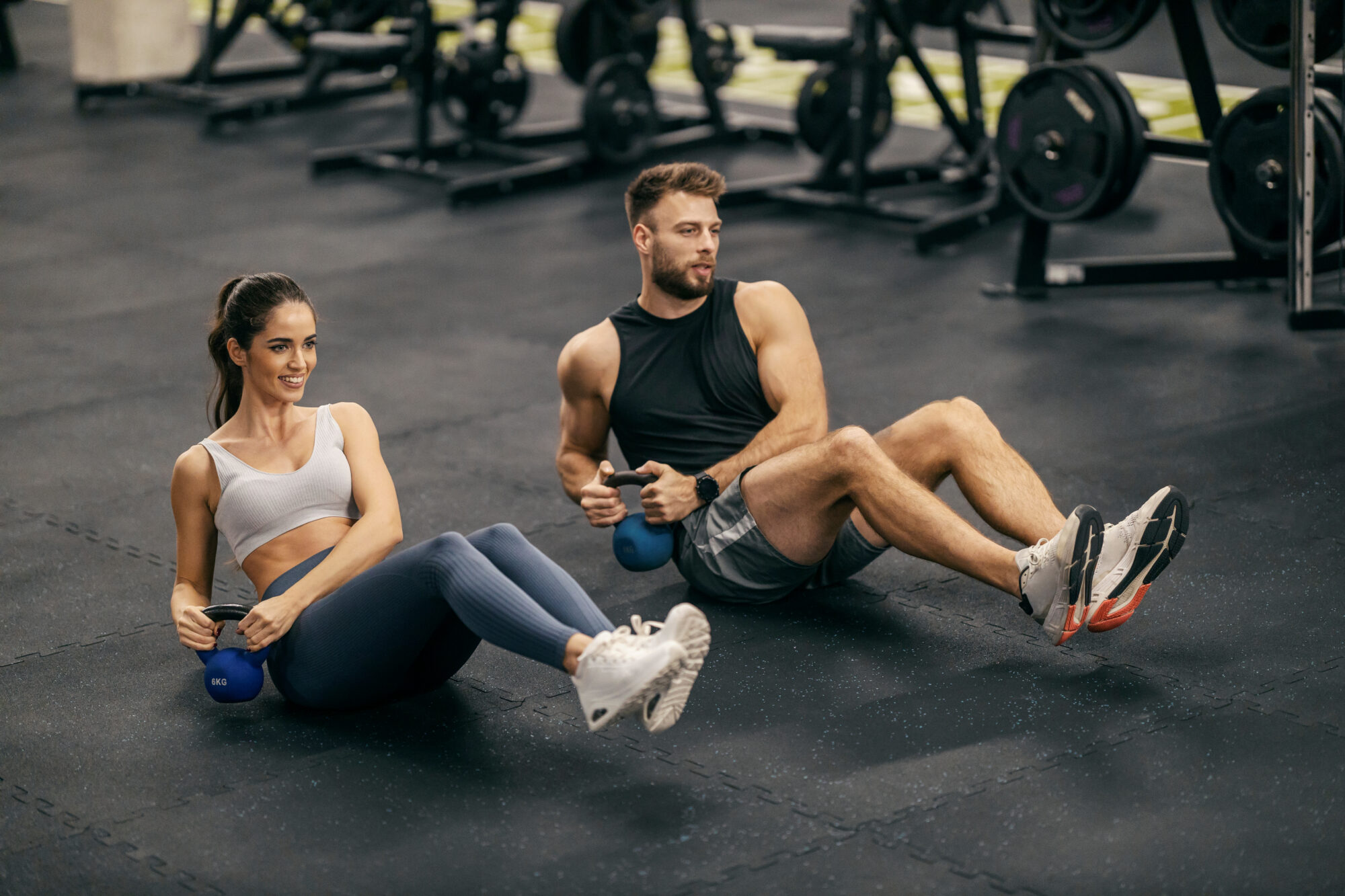Ever wondered where some of your favourite exercises got their names? Fitness terminology is often steeped in history, honouring individuals or countries that popularised the movement—or even specific people! Let’s dive into the origins of five iconic exercises: the Romanian deadlift, Bulgarian split squat, Arnold press, Russian twist, and Zottman curl.
Romanian Deadlift (RDL)
The Romanian deadlift, often referred to as the RDL, owes its name to a Romanian Olympic weightlifter named Nicu Vlad. In the 1990s, Vlad demonstrated this movement at a training camp in the United States, where he used a hip hinge-focused deadlift to build strength and explosiveness. Coaches were impressed by its effectiveness and began calling it the “Romanian deadlift” as a nod to its origins. Today, it’s a staple for anyone looking to strengthen their hamstrings, glutes, and lower back.
Bulgarian Split Squat
The Bulgarian split squat, or rear-foot elevated split squat, is another exercise with national roots. This challenging movement was introduced to the Western fitness world by Angel Spassov, a Bulgarian weightlifting coach, in the 1980s. Spassov used it as a unilateral strength-building exercise for Bulgarian weightlifters, helping them dominate in international competitions. This squat variation targets the quads, glutes, and core while improving balance and stability.
Arnold Press
The Arnold press, named after bodybuilding legend Arnold Schwarzenegger, is a twist on the traditional shoulder press. Arnold developed this exercise to target all three deltoid heads (front, side, and rear) more effectively. By adding a rotation at the bottom of the movement, the exercise increases the range of motion and muscle activation. It became one of his signature moves during his Mr Olympia days and remains a go-to for shoulder development.
Russian Twist
The Russian twist is a core exercise with origins tied to the rigorous training regimes of Russian athletes. It became popular during the Cold War era when Soviet athletes dominated various sports. The movement involves twisting the torso from side to side while in a seated position, engaging the obliques and strengthening rotational core stability. It’s a must for improving athletic performance, especially in sports requiring rotational power like tennis or boxing.
Zottman Curl
The Zottman curl is named after George Zottman, a 19th-century strongman from Pennsylvania. Known for his incredible feats of strength, Zottman created this movement to build both bicep strength and forearm grip. The exercise combines a traditional bicep curl (supinated grip) on the way up with a reverse curl (pronated grip) on the way down, making it a versatile move for building arm size and strength. It’s a tribute to old-school strength training that still holds up today.
Why This Matters
Understanding the history behind these exercises not only adds depth to your training but also connects you to the athletes, coaches, and strongmen who shaped the fitness world. Next time you’re smashing out RDLs, Bulgarian split squats, Arnold presses, Russian twists, or Zottman curls, remember you’re carrying on a tradition of innovation and excellence.
Do you know some exercise names with interesting origins? Add them in the comments below!
Ready to Take Your Training to the Next Level?
Whether you’re just starting out or looking to refine your technique, I can help you achieve your fitness goals. At Michael James Fitness, I offer personalised in-person and online coaching to help you build strength, master proper form, and make lasting progress.
💻 Join My Online Coaching Programme: Train with me from anywhere! Get custom workout plans, expert guidance, and ongoing support.
📅 Sign Up for My New Year Programme: Start 2025 strong with a plan designed to transform your fitness. Limited spots available—secure yours today!
👉 Click Here to Learn More & Get Started
Your journey starts now. Let’s make it happen together!

